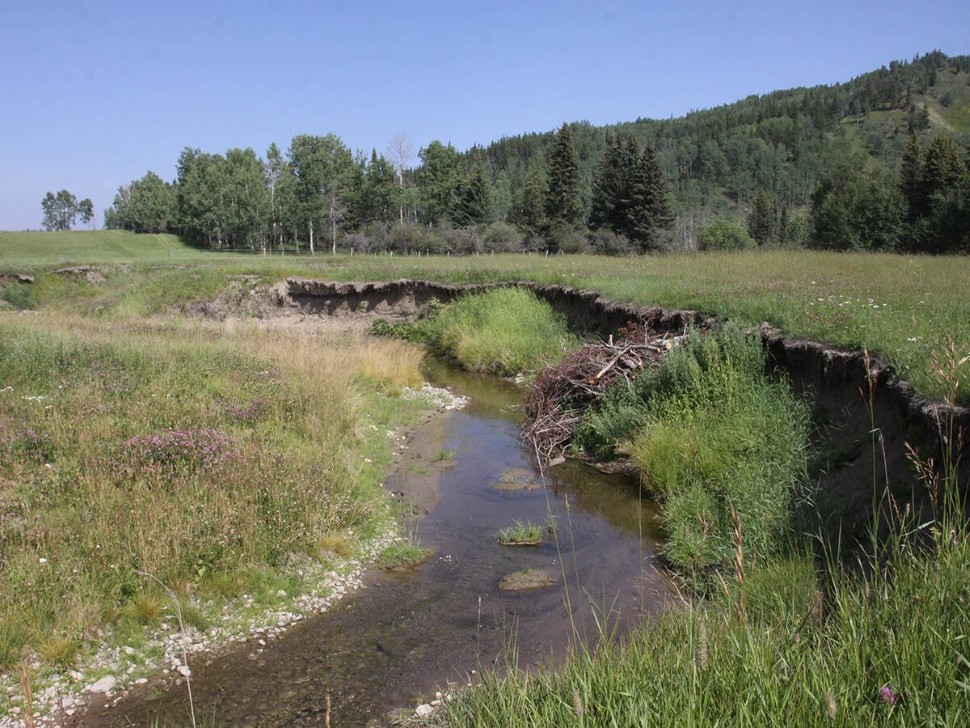The Alberta government is streamlining its process for restoring watersheds.
The province is removing the requirement to have a temporary diversion licence as part of a riparian restoration project.
The government said it expects the change to cut red tape, keep plants alive and ensure that the time and money put into watershed restoration projects are not wasted.
“Freedom to water is about cutting through the clutter of bureaucracy so real work can happen,” provincial environment minister Rebecca Schulz said in a press release.
“This change stops the waste, ends the delays and lets communities focus on restoring Alberta’s rivers, creeks and lake banks — not filling out forms.”
Traditionally, a licence has been required in Alberta to water newly planted trees, shrubs, grasses and other vegetation along rivers, creeks and lakes. The requirement can prove troublesome if otherwise healthy plants die from lack of water because a licence could not be obtained in time due to bureaucratic delays, water shortages or drought conditions in the area.
“This amendment is a huge step forward for practical, common-sense riparian restoration in Alberta,” said Andrew Renaux, chief executive officer and founder of Leaf Ninjas, which specializes in eco-restoration projects.
“This simple change will reduce flood and drought risk, protect our watersheds and ensure Alberta’s restoration efforts are resilient and effective. We applaud the Alberta government for listening to restoration practitioners, cutting red tape and delivering a solution that benefits both the environment and Albertans.”
Riparian restoration projects are needed to expand, repair and rejuvenate ecosystems near water bodies.
The government said requiring a temporary diversion licence made this work more difficult by adding additional costs onto small companies and organizations, and delaying projects while waiting for licences. It also meant that if a licence could not be obtained or water shortages were experienced in an area, water had to be trucked in or the plants left to die.
“By cutting unnecessary red tape, we’re empowering communities and ecological restoration groups to focus on what really matters: restoring Alberta’s watersheds,” said Dale Nally, minister of service Alberta and red tape reduction.
“This change will ensure their hard work and investment won’t be lost to bureaucratic delays, allowing more time to focus on helping plants thrive and our environment flourish.”
It’s hoped that removing the requirement for a temporary diversion licence will allow more restoration projects to adapt to changing conditions.
As well, new industry-led technologies, such as solar-powered drip systems, make watering more efficient and reduce the amount of water needed.
The exemption applies only to small projects that use no more than 100 cubic metres (100,000 litres) of water per day to support the growth and establishment of plants along a watercourse or water body.
Healthy vegetation around waterways helps restore native habitats, prevents erosion to riverbanks, stabilizes nearby land and improves water quality.
Alberta’s Watershed Resiliency and Restoration Program provides grants to restore riverbanks and riparian areas across the province.
